Environment
How Elon Musk’s Traffic Tunnel Could Harm Los Angeles
Co-published by Fast Company
The Tesla CEO’s proposal to bore a high-speed commute tunnel under the Westside of Los Angeles may amplify many of the county’s most deeply entrenched disparities.

Like the idea behind freeways, the Boring Company’s proposal misses a fundamental principle in reducing traffic: limiting the number of cars on the road.
Co-published by Fast Company
On January 22, employees of Elon Musk’s the Boring Company took the floor in front of Culver City’s city council. Over the course of 45 minutes, operations coordinator Jehn Balajadia sought to justify the company’s flagship project: To dig a 20-mile tunnel stretching from the South Bay California city of Hawthorne, to West Los Angeles and the Sepulveda Pass beyond in order to transport vehicles at high speeds.
Characterizing Culver City as “forward-thinking,” Mayor Jeffrey Cooper opined that “it would be foolhardy of us to just say no.” Councilmember Meghan Sahli-Wells, however, wasn’t impressed. “I asked a lot of questions. I didn’t get any answers,” she told Capital & Main. “They sent us the PR people. They didn’t send us the planners. I, so far, have not seen a plan.”
 Map shows Boring Company’s proposed Phase 1 in red. (Image: The Boring Co.)
Map shows Boring Company’s proposed Phase 1 in red. (Image: The Boring Co.)
Sahli-Wells’ frustrations are revealing. Conceived by Musk in 2016 as a way to bypass the region’s freeway gridlock, Boring Company’s putative purpose is to construct networks of subterranean tunnels in California, Chicago, and the East Coast, through which personal cars and multi-passenger “pods” would travel on electric skates at speeds hovering around 125 to 150 miles per hour, with no stops between origin and destination. Beneath the veneer of its otherworldly grandeur, however, the company has had little to show for itself, investing far more in publicity gambits—namely, its buzzing campaign to sell branded flamethrowers—than in its own blueprint.
A privatized subterranean transport scheme might appeal to city governments for a number of reasons. “There’s a cool factor and there’s a fantasy factor,” Sahli-Wells said, particularly in the wake of Musk’s recent launch of a Tesla Roadster into space. More tangible motives exist as well—namely, the pressure to relieve congestion in Los Angeles, which has topped at least one list of the world’s most heavily trafficked cities for six consecutive years. In addition, the Boring Company has stated that it would singlehandedly fund its underground expressway, asking no government subsidies; combined with fees from tunneling and other permits, the prospect would ostensibly require little to no public investment.
Transportation Expert: “If I could drive from Brentwood to Hawthorne in 45 minutes, and I can take this tunnel in five minutes — but it takes me 30 minutes in line to get into it, then really, what’s the point?”
These factors, apparently, have charmed officials in Hawthorne, where Musk’s SpaceX’s headquarters is located. Last August, its city council approved Boring’s request to drill a two-mile underground test track extending west from the SpaceX offices. Such a project will augment what the company had already constructed as of last summer: a shaft and tunnel entrance in an old SpaceX parking lot, across the street from its headquarters.
Yet the evidence that the Boring Company will deliver on its central promise of mitigating traffic appears to be sparse. Theoretically, one or more additional layers of roads would reduce the number of cars on surface streets, thereby decongesting them. The company, however, has neglected to address the mechanics of the surface-level points of entry and exit above the tunnel—on-ramps, of sorts, that could far too easily cause jams.
“If there is a way to [travel] very fast—essentially a teleportation from one side of L.A. to the other—there’s going to be a big line for that, just like right now there’s a line during peak hours to go from a surface street to a freeway in Los Angeles,” Juan Matute, associate director of the University of California, Los Angeles’ Lewis Center and the Institute of Transportation Studies, told Capital & Main. “If I could drive from Brentwood to Hawthorne in 45 minutes, and I can take this tunnel in five minutes, but it takes me 30 minutes in line to get into it, then really, what’s the point?”
According to Streetsblog LA editor Joe Linton, the tunnel project’s combination of seduction and naiveté evokes a traffic-reducing proposition of yore: freeways. Originally advertised as a means by which to alleviate surface-street crowding, freeways soon generated much of the traffic they were designed to manage and prevent, exemplifying a concept known as induced demand. “In the ’50s, highway builders, car infrastructure folks [said], ‘If we can build more capacity, if we can widen another freeway, build another freeway, congestion is going to get better.’ What we’ve seen is the opposite,” he said. “The more capacity you have, the more congestion you get.”
Like the idea behind freeways, the Boring Company’s proposal misses a fundamental principle in reducing traffic: limiting the number of cars on the road. Critics claim that, in merely seeking to accommodate those cars, it perpetuates, rather than challenges, the system of car dependence responsible for Los Angeles’ congested roads—an apparent manifestation of Musk’s own self-interest. Last year, Musk garnered much opprobrium for his animus toward public transit, which he’s called “a pain in the ass.” But his greatest incentive, most likely, isn’t so much ideological as financial: For the owner of electric-car company Tesla, an atomized, driver-centric future of transit is simply good for business. (The Boring Company did not respond to requests for comment.)
The tunnel network might also be construed as a symptom of what writer Jarrett Walker terms “elite projection,” or “the belief among relatively fortunate and influential people that what those people find convenient or attractive is good for the society as a whole.” After all, as has been noted, the Westside tunnel parallels Musk’s own commute: The SpaceX founder owns five houses in Bel Air and works in Hawthorne.
The proposed tunnel is primarily “within the wealthy Westside of Los Angeles,” Sahli-Wells pointed out. “Show me the plan that serves communities that are not wealthy. Communities that need more access to schools, jobs, medical facilities — you name it.”
The Boring Company claims its fares would be comparable to those of current public transportation—$1.75 one way in the city of Los Angeles, $1 in Culver City—but the reasons to be skeptical are legion. Privatized transit, at least in theory, wouldn’t receive the government subsidies of public transit. What’s more, Matute predicts that the company may take a number of approaches to pricing that would restrict accessibility, including a subscription or tiered model in which users pay regular fees to use the tunnels or a pay-per-trip schema. Considering the precedents of Big Tech’s attempts to “disrupt” transportation—namely, Uber and Lyft—a “flex-pricing” model wherein fares rise with demand is equally conceivable.
The Boring Company would likely not only neglect to transport low-income communities, but also threaten to displace them. As of 2016, the city of Hawthorne’s per-capita income was $21,182, with 19.2 percent of residents living in poverty—an existence whose precarity would only heighten amid an influx of young tech professionals.
“There’s a lot of demand to get from Hawthorne to Brentwood because there are a lot of jobs on the Westside,” Matute said. “This would greatly increase demand to live in the Hawthorne area, the South Bay, for people who work in the types of jobs that are in Santa Monica, Westwood — maybe even Century City. Just like putting a new Google Bus route into a different neighborhood in San Francisco can bring up prices along where those stops are, this would have, I think, a similar effect because it changes the accessibility of those neighborhoods on the other end.”
Can cities afford to take this risk, especially when issues of equity and accessibility already plague would-be public-transit riders? A recent UCLA study found that public transit ridership is declining, while car ownership is increasing. One cause is poor service quality: Within Southern California’s Imperial, Los Angeles, Orange, Riverside, San Bernardino and Ventura counties, bus speeds have slackened, due in large part to mounting congestion. This development marks a vicious cycle: As buses slow, riders become discouraged and, if they’re able to do so, begin to drive, aggravating the traffic that caused the buses’ inefficiency in the first place.
“We spent billions and billions of dollars on a system that you need to own a car for,” said Linton. Such a requisite “presents a huge fiscal burden on low-income families that buy cars,” he added.
To allay the burdens of traffic and car dependency, Sahli-Wells advocates for an extensive network of mass public transit in which cars become the least, rather than the most, convenient mode of transportation. In addition to the recently approved transit extension measure, which includes a considerable broadening of the rail system for Los Angeles County, she, along with Linton and Matute, recommends more dedicated bus lanes, which would effectively exempt buses from traffic; Linton posits such adjustments as all-door boarding, boosting bus frequency, and thinning the number of stops for non-express lines.
The fate of such a public-works project remains to be seen, as does that of the Boring Company. Still, what’s clear is that, if allowed to proceed, the company’s initiative may amplify many of Los Angeles County’s most deeply entrenched disparities. In the meantime, until Musk can shed more light on his project, Sahli-Wells will continue to look elsewhere for transit solutions.“Even if Mayor Cooper says we would be foolish to say no,” she cautioned, “I think we’d be foolish to say yes.”
Copyright Capital & Main

-
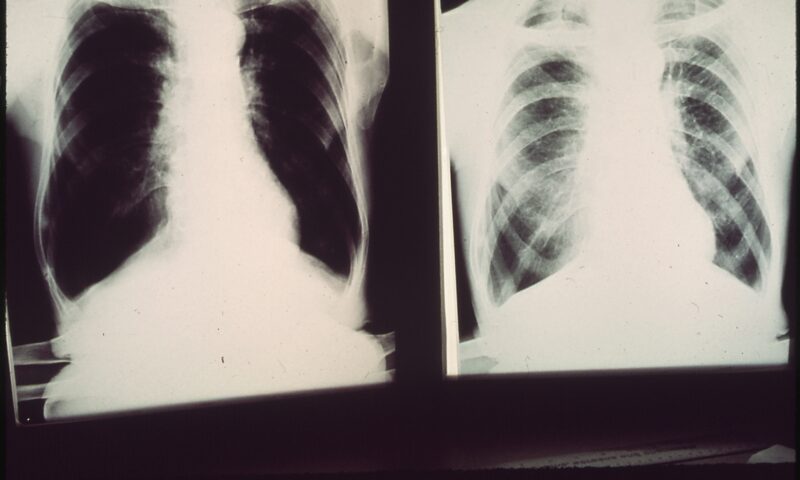
 Latest NewsJune 17, 2025
Latest NewsJune 17, 2025A Coal Miner’s Daughter Takes on DOGE to Protect Miners’ Health
-
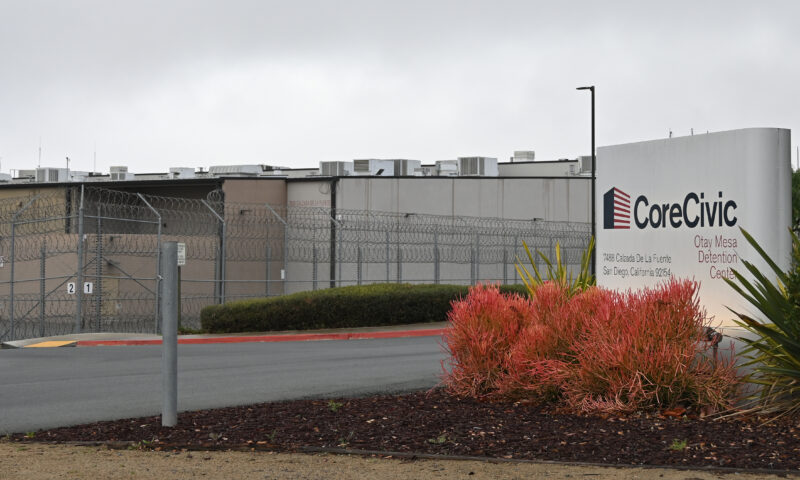
 Beyond the BorderJune 10, 2025
Beyond the BorderJune 10, 2025Detained Man Says ICE Isn’t Treating His Colon Cancer
-
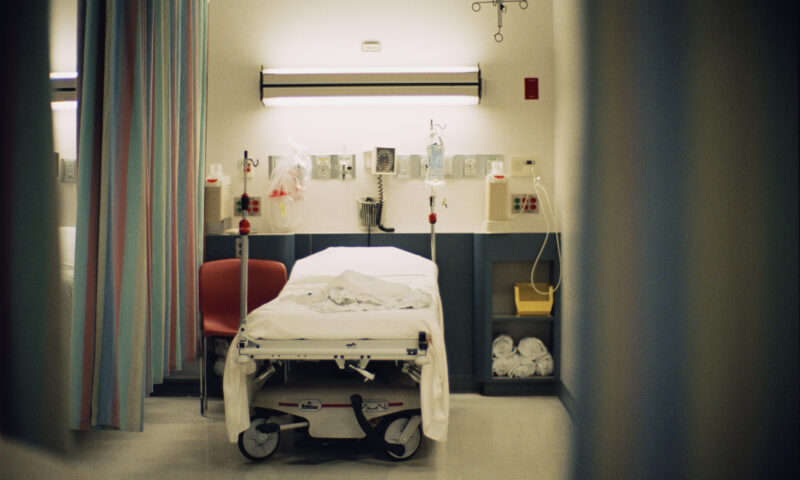
 Column - State of InequalityJune 12, 2025
Column - State of InequalityJune 12, 2025‘Patients Will Suffer. Patients Will Die.’ Why California’s Rural Hospitals Are Flatlining.
-

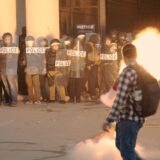 Featured VideoJune 10, 2025
Featured VideoJune 10, 2025Police Violently Crack Down on L.A. Protests
-

 Column - California UncoveredJune 18, 2025
Column - California UncoveredJune 18, 2025Can Gov. Gavin Newsom Make Californians Healthier?
-
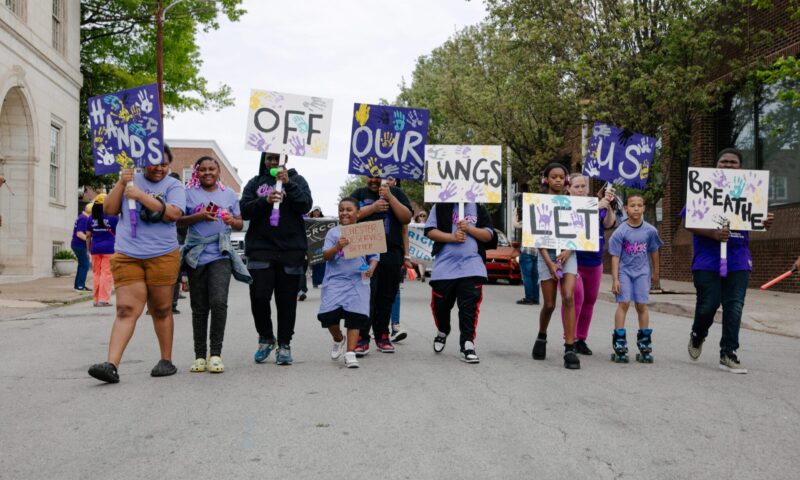
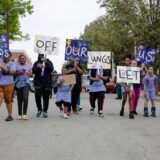 The SlickJune 6, 2025
The SlickJune 6, 2025Pennsylvania Has Failed Environmental Justice Communities for Years. A New Bill Could Change That.
-

 Latest NewsJune 6, 2025
Latest NewsJune 6, 2025Trump Won Big in Kentucky. Medicaid Cuts Could Hit It Hard.
-

 Latest NewsJune 6, 2025
Latest NewsJune 6, 2025Before Attacking Each Other, Musk and Trump Struck Blows Against Veterans, Children, the Hungry and the Sick

